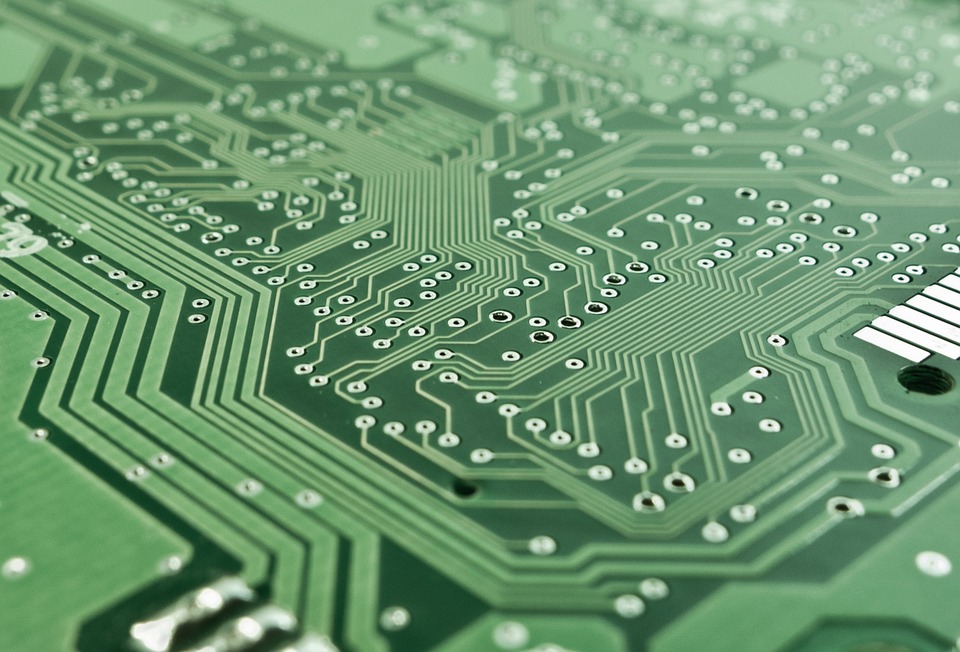5G Technology: What It Means for the Future of Connectivity
5G technology is poised to revolutionize the way we connect and communicate in our increasingly digital world. With its promise of faster speeds, lower latency, and greater capacity, 5G has the potential to transform industries, improve efficiency, and enable new innovations that were previously impossible.
The Impact on Industries
In the realm of healthcare, 5G technology could enable remote surgeries, real-time monitoring of patient vital signs, and seamless communication between medical professionals. In manufacturing, 5G’s low latency and high capacity could improve automation, enhance supply chain management, and increase productivity. The possibilities are endless, and the potential for positive change in countless industries is substantial.
Enhancing Everyday Life
From streaming high-definition video without buffering to experiencing virtual reality with unparalleled realism, 5G will elevate the way we consume and interact with digital media. Smart homes and cities will become even more connected and efficient, with widespread use of IoT devices and sensors that can communicate seamlessly over 5G networks.
Challenges and Considerations
While the promise of 5G is undoubtedly exciting, there are also challenges and considerations to be mindful of. These include ensuring security and privacy in an increasingly connected world, addressing digital equity and access issues, and mitigating potential health and environmental concerns related to the deployment of 5G infrastructure.
Conclusion
5G technology holds immense potential to shape the future of connectivity, but it also requires thoughtful planning, collaboration, and innovation to realize its full benefits. As we look ahead to the 5G-powered future, it’s important to consider not only the technical advancements it brings, but also the societal impact and responsibilities that come with it.
















